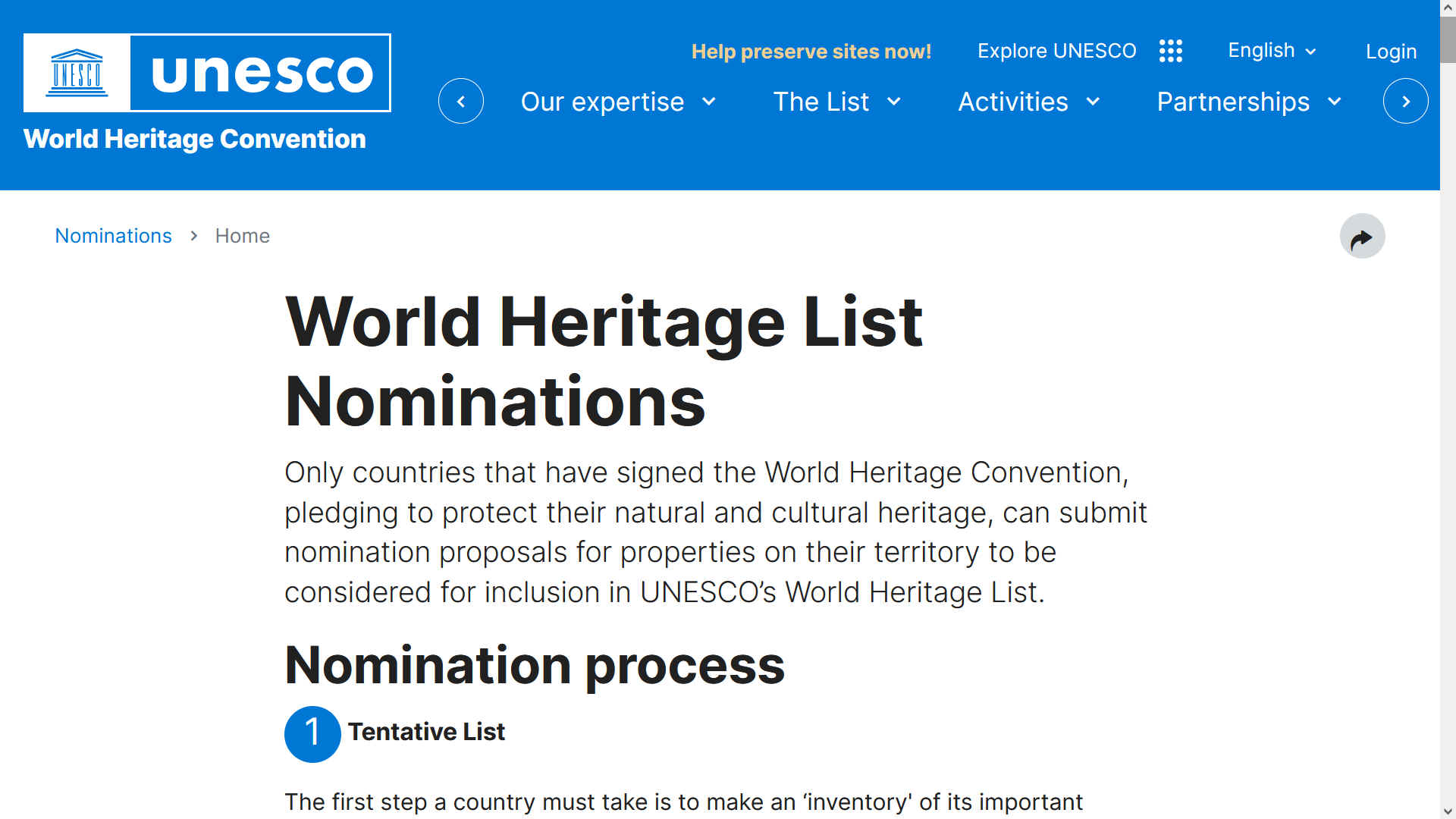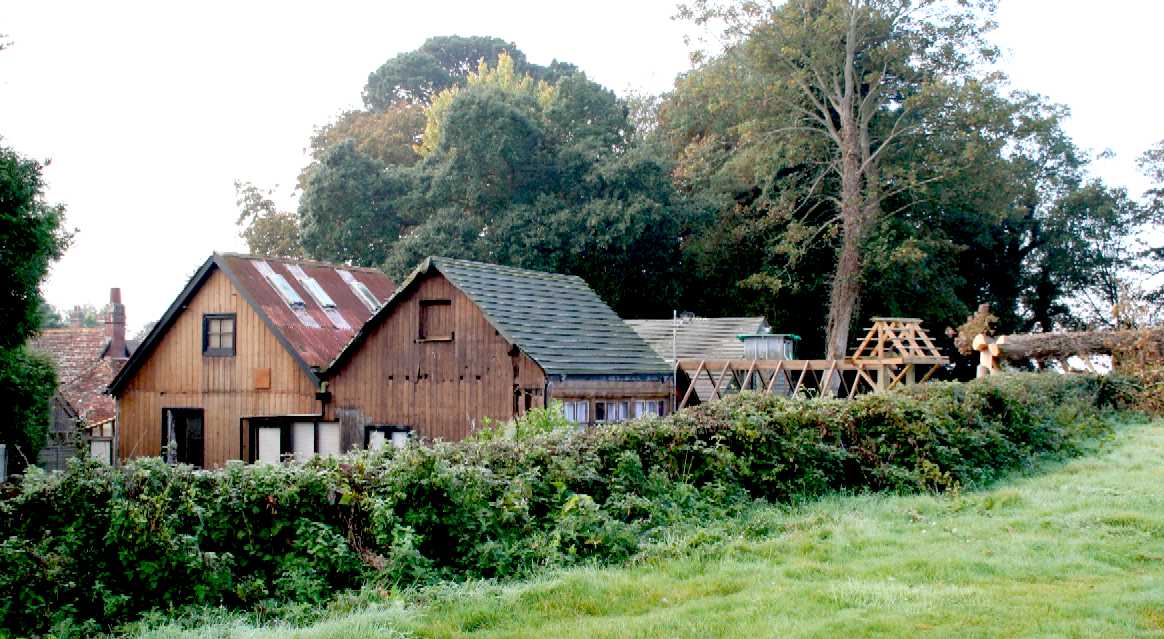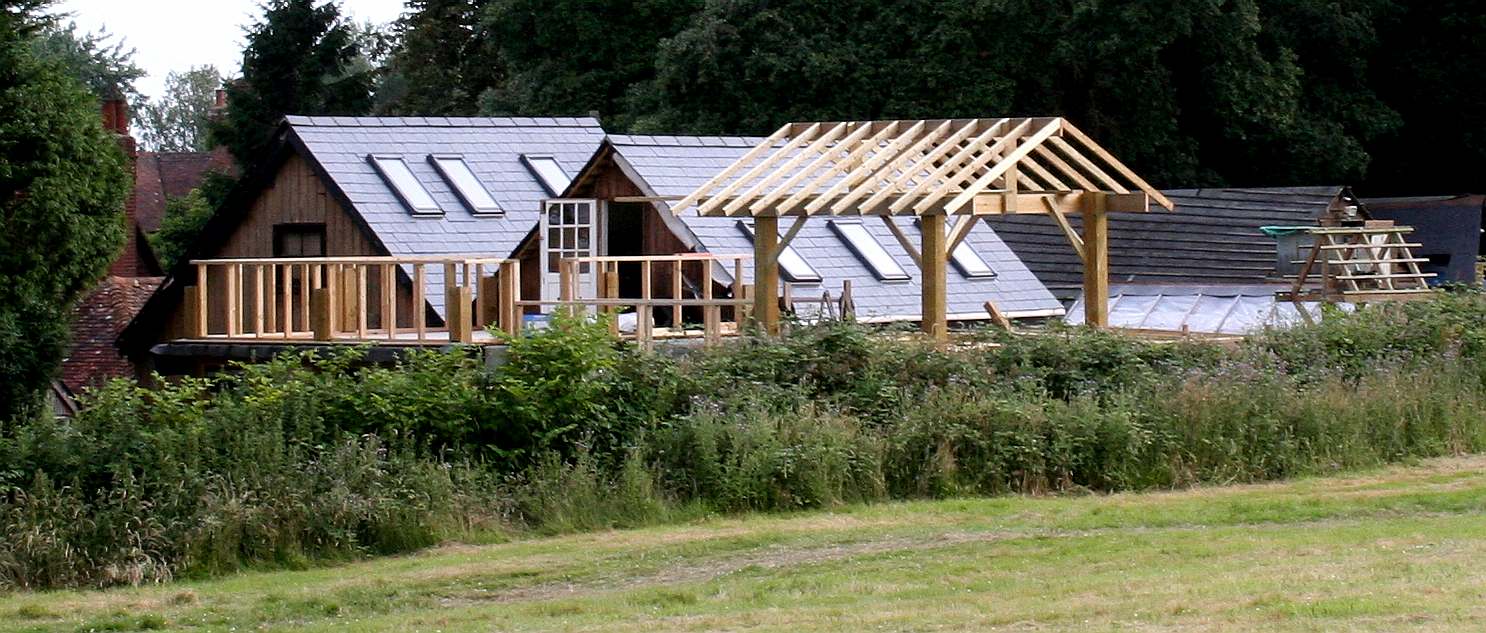|
UNESCO - WORLD HERITAGE SITES
Please use our A-Z INDEX to navigate this site or return HOME
|
In the UK councils (for example) are not that good at protecting local assets, where it might be a tax burden, and they are having difficulty balancing their books from years of outrageous spends. In addition, societies exist in the UK, that may be used to benefit only the parties who are members for personal gain, rather than good causes. Meaning that ownership of a heritage asset, can become an issue in discrimination if influenced by any member of a such a society, even though that may be unlawful. Because, there is (or was) no requirement in law for Wealden, as an example, to compile an inventory of it's local historic assets. The first step in the nomination process, by way of a Tentative List. In failing to compile such a list, heritage assets may never be identified as potential nominees. For years Wealden declined to compile such a (local) list. We understand that situation may be changing.
The nomination process is necessarily complex, and therefore, expensive for the country making the nomination. Meaning that some nations, for example those in debt, may avoid such cost to their administrations by simply ignoring their duty to record the ascent of human endeavour.
UNIQUE SURVIVING TIMBER BUILDING - The old Generating Station in Lime Park is not of outstanding design or construction (except for the use of redwood and architrave). The astonishing fact is that it remains extant in a private park, complete with a manor house and former stable block, where others have been demolished by property developers, rotted away, or undermined by neighbouring development. Indeed, many former residents in Lime Park, and two recent newcomers, have not grasped that this is all that is left as evidence of our transition from coal, to electricity. The only example surviving anywhere on the planet of its kind, including load levelling via a giant battery store proportional to the enterprise, comprising roughly half of the building, or a third, when considering the original three ranges. There were substantial shelves where weighty glass cased, lead-acid batteries were stored, to power the whole village of Herstmonceux, and Lime Part estate, overnight.
THE
CRITERIA FOR SELECTION
TOP TEN WORLD HERITAGE SITES - A TO Z
ANGKOR WAT - HINDU BUDDHIST TEMPLE RELIGIOUS COMPLEX, CAMBODIA CHICHEN ITZA - ANCIENT MAYAN CITY, YUCATAN PENINSULA, MEXICO COLOSSEUM - ROMAN HISTORIC CITY CENTRE, ROME, PANTHEON, ITALY EASTER ISLAND - RAPA NUI, POLYNESIAN HEAD STATUES, PACIFIC OCEAN GREAT WALL OF CHINA - 3RD CENTURY BC EMPEROR QIN SHI HUANG & MING DYNASTY MACHU PICCHU - PYRAMID, PERU, INCAN LOST CITY, ANDES PETRA - TREASURY, AL-KHAZNEH, SIQ GORGE, NABATAEANS, SOUTHERN JORDAN PYRAMIDS - GREAT SPHINX, MEMPHIS NECROPOLIS, GIZA, EGYPT TAJ MAHAL - MAUSOLEUM BUILT BY SHAH JAHAN, AGRA, INDIA
SELECTION CRITERIA
(i) to represent a masterpiece of human creative genius;
(ii) to exhibit an important interchange of human values, over a span of time or within a cultural area of the world, on developments in architecture or technology, monumental arts, town-planning or landscape design;
(iii) to bear a unique or at least exceptional testimony to a cultural tradition or to a civilization which is living or which has disappeared;
(iv) to be an outstanding example of a type of building, architectural or technological ensemble or landscape which illustrates (a) significant stage(s) in human history;
(v) to be an outstanding example of a traditional human settlement, land-use, or sea-use which is representative of a culture (or cultures), or human interaction with the environment especially when it has become vulnerable under the impact of irreversible change;
(vi) to be directly or tangibly associated with events or living traditions, with ideas, or with beliefs, with artistic and literary works of outstanding universal significance. (The Committee considers that this criterion should preferably be used in conjunction with other criteria);
(vii) to contain superlative natural phenomena or areas of exceptional natural beauty and aesthetic importance;
(viii) to be outstanding examples representing major stages of earth's history, including the record of life, significant on-going geological processes in the development of landforms, or significant geomorphic or physiographic features;
(ix) to be outstanding examples representing significant on-going ecological and biological processes in the evolution and development of terrestrial, fresh water, coastal and marine ecosystems and communities of plants and animals;
(x)
to contain the most important and significant natural habitats for in-situ conservation of biological diversity, including those containing threatened species of outstanding universal value from the point of view of science or conservation.
Not the largest municipal supplier of electricity in the UK dating from C.1900, but the only surviving example of small scale development in the country, with load levelling. In this case the building and other features are extant. Despite being the only surviving evidence of the transitional phase from coal and whale oil lamps, to the modern age of electricity, the building is not listed by Historic England. And that is because of the onerous conditions imposed on property owners/occupiers, once a building is listed. Lime Park is a time capsule, encompassing stables, a garage for a 1906 Armstrong Sidely motor car, a manor house, gate house, and electricity station. The Park itself, is largely original, and so is a contender for UNESCO world heritage listing.
At face value, the Generating Station at Herstmonceux, appears to qualify for potential selection for inclusion with reference to (iv) above. That is because it is a comprehensive installation, including a coal bunker, and the means to convert coal to town gas for the 36hp single cylinder National engine. In addition, the site included water filters for catching rainwater. The collected water was fed into an underground holding tank, and thence to feed the cooling system of the internal combustion engines, linked to generators. A water and ice well was also on the site.
The village was supplied by underground cables at 48 volts dc. Most of the houses and shops had electricity well before other large towns. Charles de Roemer was indeed, an entrepreneur well ahead of his time, and a pioneer.
Incredibly, by 1913, Mr de Roemer was giving cooking demonstrations at the old village hall. The bakery had electric ovens at this time.
The original operating instructions confirm that the station operator needed to pay careful attention to the voltage being supplied to the village.
In terms of climate change and energy security, the DC versus AC (Alternating Current) battle has raged for over one hundred years, with Direct Current, finally making a comeback in High Voltage format: HVDC. So we have come full circle. Today, modern DC systems have lower transmission costs and losses than AC systems.
OTHER NOTABLE ELECTRICAL WORLD FIRSTS
The electrical generating industry (public supply) is relatively young, beginning at the turn of the century in 1882, while hydroelectricity has been around 10 years longer. We've had roughly 120 years of steady improvements, such that power is available in most developing countries, or soon will be.
1878 - The first hydro-electric plant in the UK started operating in Cragside, Rothbury, Northumberland, in the Victorian era (1837-1901) in 1878, powering first an arc lamp, then Joseph Swan's carbon filament lamps.
1881 - At Chaudière Falls on the Ottawa River, Thomas Ahearn and Warren Y. Soper built Canada’s first water-powered electricity generating station in 1881. A year later, the Parliament Buildings in Ottawa were lit with electricity, a year before the Capitol Buildings in Washington, D.C. In 1885, Ottawa became the first city in the world to light all of its streets with electricity.
1882 - The world’s first coal-fired power station, the Edison Electric Light Station, was built in Holborn, London in 1882, with the promise of supplying light and warmth to London homes. It closed a year later.
1888 - In 1888, Cleveland Ohio was home to the first windmill that generated electricity.
1897 - An industrial hydroelectric plant at Mechanicville, Hudson River, New York, built in 1897, is said to still be in operation today.
1898 - One of the earliest surviving buildings is a compact rural installation at Herstmonceux in Sussex, England, with advanced features like battery storage, load levelling, and underground 48-56 volt DC cables to power the village. The only surviving example of this is the world.
LINKS & REFERENCE
https://whc.unesco.org/en/nominations/
|
|
Please use our A-Z INDEX to navigate this site or return HOME
|



